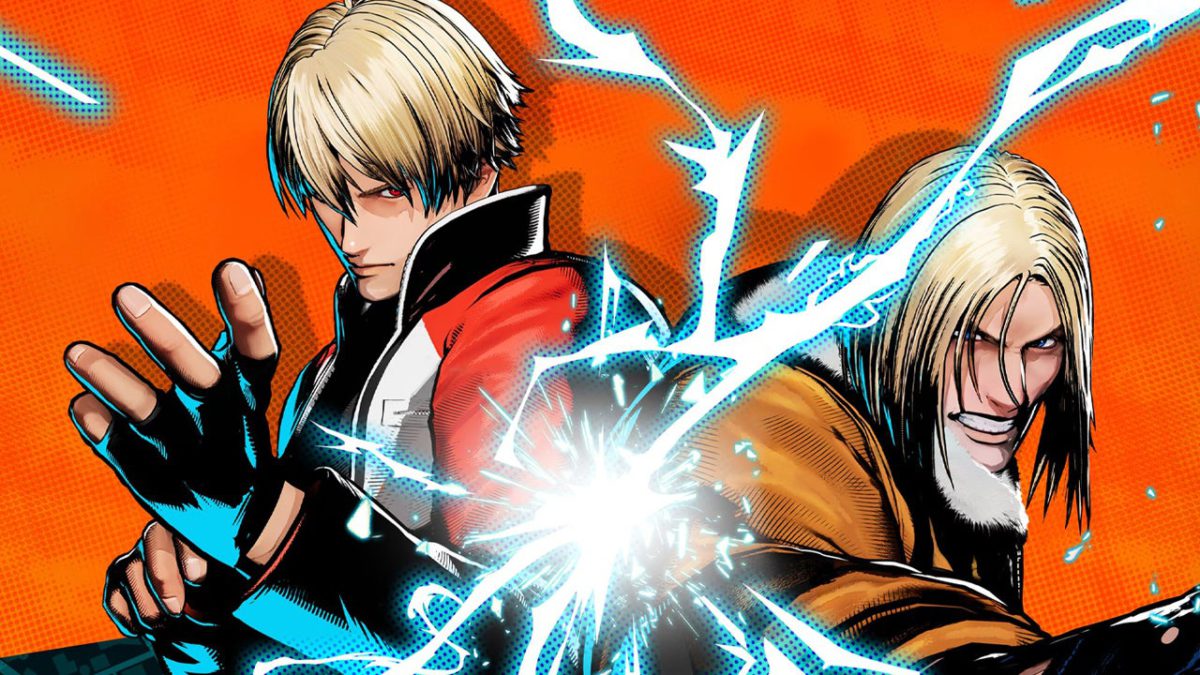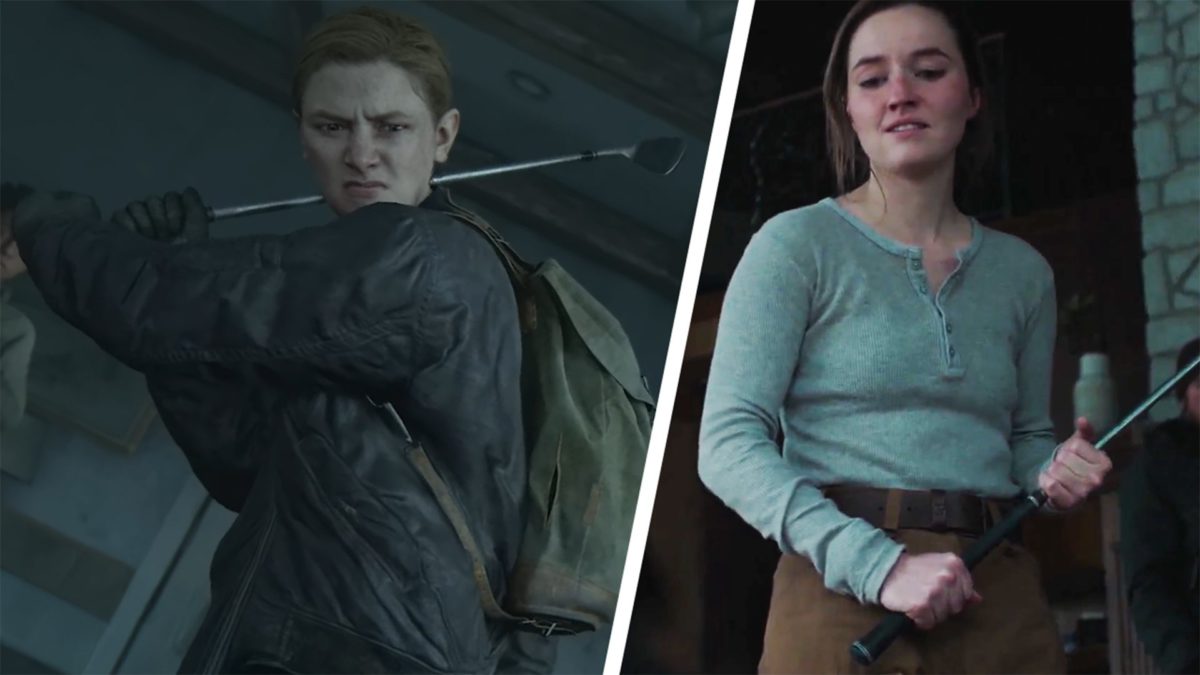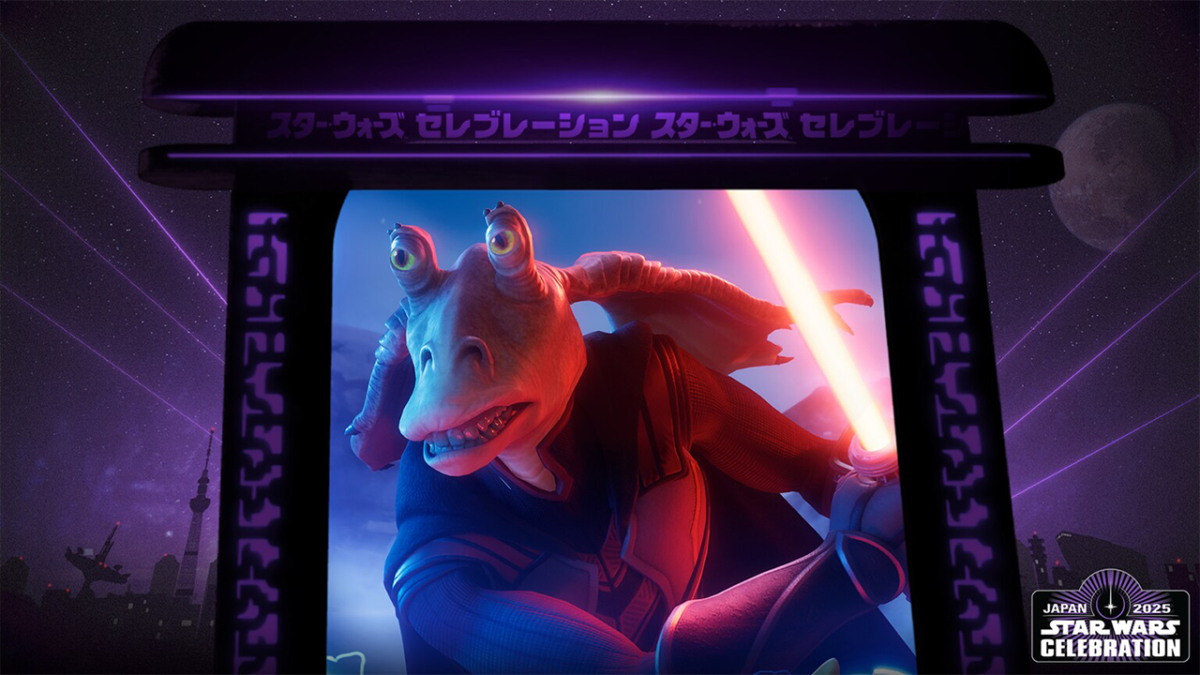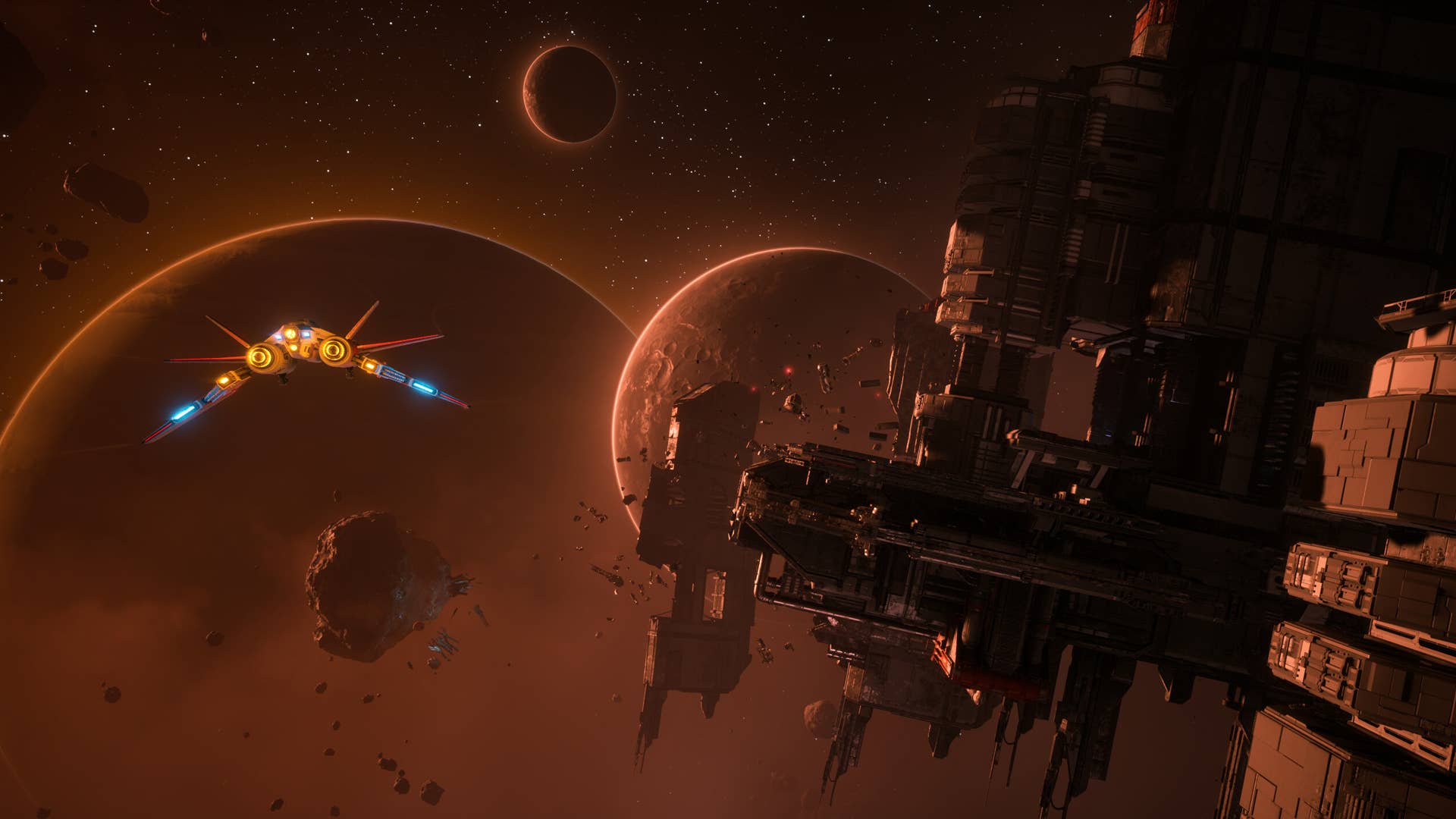
Man, It’s great to have Fatal Fury back.
The OG SNK fighting game series, and the one that went toe-to-toe with Street Fighter 2 back in the 90s, Fatal Fury has been dormant for more than 25 years. SNK has been quite active in that time with the King of Fighters series and even a Samurai Shodown revival, but those offer two very different styles of fighting game, leaving Street Fighter without its most comparable SNK competition for far too long. And that’s what Fatal Fury: City of the Wolves brings to the table: A more direct alternative to Street Fighter 6 — one that is similar in its gameplay structure, but without neutral skipping system mechanics, Drive Impacts, and throw loops. It’s missing a few modern-day fighting game features that should be standard at this point and its UI is lacking to say the least, but in all of the areas that matter most, City of the Wolves hits like a Buster Wolf to the face.
Like its 90s predecessors, City of the Wolves is a four-button fighter that gives you a light punch, heavy punch, light kick, and heavy kick. There’s also a close and far version of each of these buttons, with the close versions typically leading to bigger damage and better situations, while the far versions are used more for pokes and whiff punishes. One big thing that separates City of the Wolves from Street Fighter 6 and several other modern fighting games is that there are no universal ways to easily get in on an opponent. There are no shared high speed dash-ups that let you keep your turn even if they’re blocked, no universal vanishing teleports, and no projectile-invulnerable quick steps. Characters still have plenty of options to approach, but none that are shared among the whole cast, and all of which carry significant risk.
While I personally don’t mind a good neutral skip, I still greatly enjoy that larger focus on the mental chess game of each of us trying to get a feel for how the other will try and approach, and reacting accordingly. It also makes the characters that do have the ability to cover ground very quickly and safely feel a lot more unique among the rest of the cast.
New to City of the Wolves is the Rev Meter, which works very similarly to how the Drive Meter functions in Street Fighter 6, only you’re actually building this meter up instead of depleting it. You begin every round at 0%, and you’ll increase that percentage by blocking enemy attacks or using special Rev techniques – those include EX special moves, a Rev Guard that adds substantial pushback to your guard and avoids chip damage, and armored attacks called Rev Blows. Once you hit 100%, you’ll overheat and the meter will slowly start to deplete, but until it gets back to zero (which takes a really long time) you can’t use any Rev techniques, and your guard gauge will deplete every time you block an attack. Once that’s gone, your guard will be broken and you’ll be open to a free combo from your foe.
It’s a great system that has me making very important meter management decisions on the fly. Since you can chain EX Special moves into each other in order to squeeze out more damage from a combo, that gauge can rise very high very quickly over the course of just a single combo. That pushed me to ask myself whether it was worth fully cashing out on a big combo and risk either overheating or being close to overheating, or whether I should end the combo early and save some of the gauge for the rest of the round.
Rev Blows are the only part of the equation that I’m not fully on board with. These armored attacks may initially bring to mind Drive Impacts from Street Fighter 6, but there are some very important distinctions. Like Drive Impacts, they can be used to power through an enemy flurry to deliver a big attack of your own, but unlike Drive Impacts, they only result in a full combo if they hit as a counter, not just if they absorb an attack. Still, even without countering, they do a sizable chunk of damage, are safe on block, and only cost 17% of your Rev Meter, meaning they can be used pretty liberally without much consequence – that’s especially true if the other player doesn’t know how to deal with them, which would be understandable as City of the Wolves doesn’t tell you that in any of the in-game tutorials.
Of course, these hits are not unbeatable. Like Drive Impacts, the best way to counter them is with a Rev Blow of your own, which will turn the tide and give you a free combo opportunity. Unlike Drive Impacts, though, Rev Blows can only be used during SPG (Selective Potential Gear), which is a special buff that is only active while in your choice of either the start, middle, or end portion of your health bar.
You decide where you want your SPG buff to kick in before each fight, and there are advantages to each position – but if someone starts a match with their SPG at the beginning of their health bar, and I have it set anywhere else, I just straight up don’t have my best defense against this technique until I lose either half or the majority of my life. There are other defenses, like throws, supers, and dodge attacks, but none that really match the ease and reward of the attacker just throwing a Rev Blow out there. At higher levels, you’ll see people canceling their dodge attack with a feint and getting full combos off that, but the timing window for this is very tight, and it feels like there’s no good answer for this move at low-to-mid level play.
Outside of that one relatively small issue, however, the actual fighting in City of the Wolves is excellent. There’s a great flexibility in the combo design that lets you go for either reliable and easy damage just by stringing a couple of EX special moves together, with the option to end with a super, or a more execution heavy combo that incorporates techniques like special move braking and feints, both of which require fast fingers and much greater precision. That lets you weigh the potential of an increased reward against a much higher chance of dropping the combo however you want.
There’s a great balance of both offensive and defensive options as well that make it hard to just fall into a rhythm of doing the same things over and over again. On wake up you can roll forward and backwards, there are a couple of frames of throw invulnerability to prevent throw loops, and well-timed just defenses or hyper defenses are rewarded with an opportunity to guard cancel and punish attacks that aren’t normally heavily punishable. It all just feels really good.
Between a Rock and a Bogard Place
The City of the Wolves roster is a respectable 17 strong at launch, and it is a mechanically diverse cast that covers most of the original Mark of the Wolves roster along with four newcomers. Two of those newcomers, Preecha and Vox Reaper, are excellent without any caveats. Preecha is an easy to pick-up-and-play Muay Thai scientist with flashy and satisfying combos and a well-rounded skill set; while Vox Reaper is just rushdown personified. He’s one of the few characters on the roster without a projectile, but he more than makes up for it with lightning fast speed, tricky divekicks, and by being one of the few characters with one of those aforementioned plus-on-block neutral skipping dashing attacks.
I have been spending the most time with Terry and Hokutomaru. Terry because of the familiarity I have with him from other games, and Hokutomaru for the sheer variety of approach options he has. He can double jump, teleport while in the air, and use Akuma-like air projectiles to both threaten from afar and alter his jump arc to bait out anti-airs.
Then there are the guest characters: Real-world soccer pro Cristiano Ronaldo and real-world DJ Salvatore Ganacci. To get the good out of the way first, they are at least cool characters mechanically. Ronaldo’s main gimmick is that all of his normal attacks are soccer techniques that can not only damage the opponent on their own, but also be used to hit a soccer ball that can be summoned with one of his special moves. This can lead to some truly wild set ups that force you to block the ball and then guess or predict where Ronaldo is going to hit you from.
Salvatore on the other hand is largely a gag character, with moves taken directly from his music videos and performances as a DJ, but at least they’re very entertaining to look at. I still find myself chuckling when he looks dead into the camera as he pounds an enemy’s face to the beat, and while many of his moves are slow and awkward, he surprisingly hits extremely hard even without having to spend a ton of meter.
But here’s the thing: Very little was done to make these characters feel like they belong in Fatal Fury, especially Ronaldo. Salvatore at least has his own story in the Arcade and Episodes of South Town single-player modes, but Ronaldo is completely absent from both. Not to mention, their visual designs are boring and too ordinary to match the flash and flair of someone like B. Jenet or Kain. It’s hard not to feel like these characters would have been better suited as optional DLC like most guest characters tend to be, which would’ve freed up more spots for characters that actually belong in South Town.
Greetings From South Town
As far as the rest of the package goes, the single-player options in City of the Wolves are pretty fun, even if they are pretty basic. The first is the classic Arcade mode that works as you’d expect: Each character has an intro establishing who they are and what their goal is, a rival battle, and an ending. As far as Arcade modes go, it’s actually pretty solid, even if it is very ordinary. I’ve only beaten a handful of them, but each one has had some really nice character building moments and long awaited pay offs for anyone who’s been following Fatal Fury lore for a while.
The marquee single-player option is Episodes of South Town, which is an RPG-inspired mode that lets you play through a more substantial version of a character’s story by selecting battles on a map screen. You’ll gain experience with each battle that then lets you level up and become stronger, increasing your stats and giving you access to new skills and abilities as you progress. It’s a solid diversion that adds some very welcome light progression and RPG elements while giving each character’s story a more satisfying beginning, middle, and end than what Arcade mode offers.
Some of the battles in this mode have unique conditions too, such as having to fight multiple enemies in a gauntlet, enemies always being in SPG mode, or (in one of the more frustrating conditions) your opponent being immune to every attack with the exception of a 1/66 chance that you’ll land a one-hit kill. Outside of that last one, which is a miserable time, the additional conditions do a pretty good job of adding some variety to each match without overcomplicating them or taking away from what’s fun about the combat in the first place.
One area City of the Wolves could have used some extra attention is in its teaching tools. There is a passable tutorial that covers all of the mechanics, but it doesn’t do a great job of explaining the context or usage of many of its more advanced techniques. Defending against the aforementioned Rev Blow is one example, but it also doesn’t do a great job of explaining the uses of things like Feints or Brakes. In fact, the tutorial section for Brakes basically just tells you how to do them, explains that they can be used in combos, then says that it’s a lesson for another time – but it doesn’t actually have another lesson for it!
On the online side of things, the most important question to ask when it comes to a modern fighting game is “does it have rollback netcode?” The second most important question is then “is it good rollback netcode.” For City of the Wolves the answer to those two questions are “yes!” and “ehhhh.” For the most part, during my experience with both the betas and a handful of matches on the full game’s pre-launch servers, online felt pretty good. That said, the best netcodes are able to make a bad connection still feel playable, and that definitely wasn’t the case during the worst of what I saw. I had one match with eight frames of delay that felt like I was moving through sludge, and another where my button inputs just occasionally wouldn’t go through.
Most of the usual suite of options are otherwise here and accounted for. There are ranked matches, casual matches, room matches, and a replay theater to watch both your own replays and public ones (though there’s no way to filter or search for replays featuring a specific character). Unfortunately, the UI to navigate through these menus is some of the worst I’ve seen in a fighting game, with the biggest offender being the room match menu that for some reason needs to be controlled with a slow moving mouse cursor and has the look of an excel document or powerpoint presentation. In the grand scheme of things, it’s not a huge deal, and the lobby itself is functional in all of the ways I’d expect – but still, it’s surprising to see in a game that otherwise drips with style once you’re in a match.














